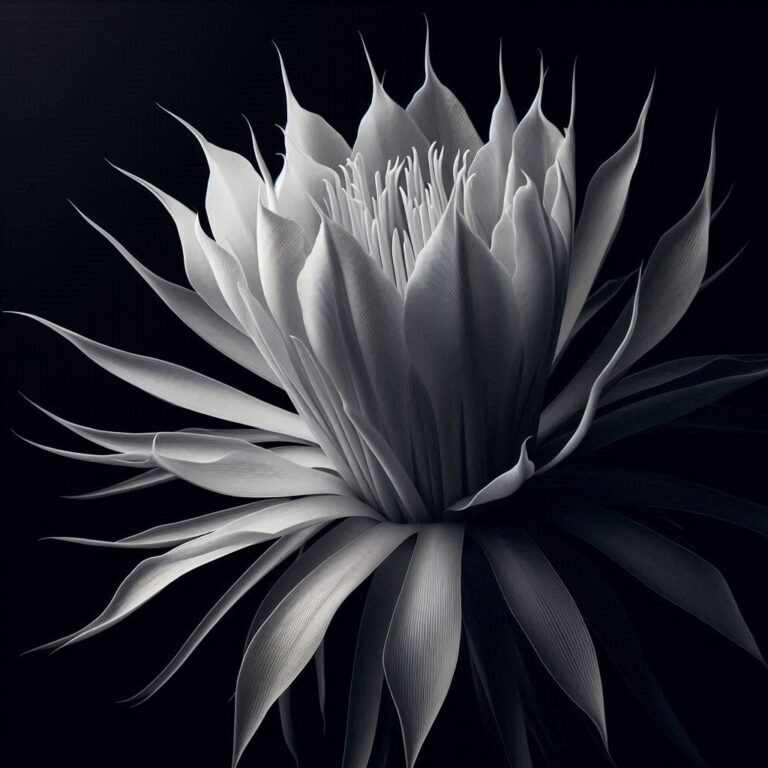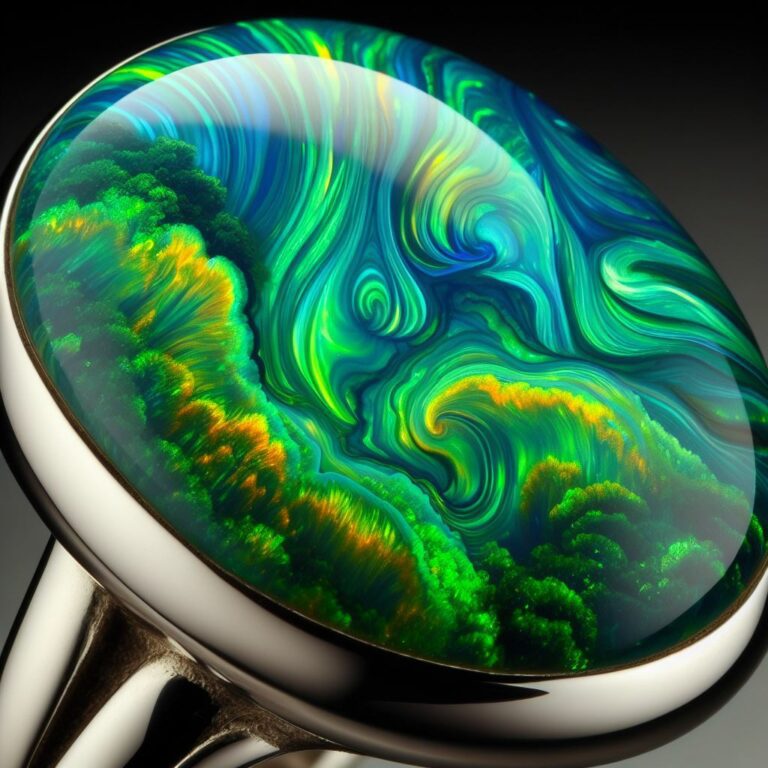The Spiritual Meaning Behind the Color Purple
Have you ever wondered why purple is often associated with spirituality, mystery, and imagination? As a blend of the passionate color red and the calming color blue, purple has a unique energy that has long been tied to spiritual growth and intuition.
In this article, we’ll explore the various spiritual meanings and symbols behind the color purple. We’ll look at how different shades carry different energies, the role of purple in ancient history, and ways you can bring more purple into your life to connect with your highest self.
Key Takeaways
- Purple’s rarity in nature gives it an air of mystique and connection to the supernatural world. Before modern dyes, purple dye was extremely precious and expensive to make.
- In ancient history, purple was associated with spirituality, royalty, and high status across cultures like Egypt, China, and Hinduism. It represented wisdom, intuition, and harmony with the universe.
- Different shades of purple carry different energetic meanings – light purples like lavender are delicate and feminine while darker hues like amethyst and violet are deeply mystical.
- Adding more purple into your surroundings through gems, candles, flowers or decoration can invite more creativity, imagination, and spiritual connection into your life. But use very dark shades sparingly.
- Purple guides you inward on a soul journey to tap into your authentic mystical self and access gifts and wisdom beyond ordinary reality. Let purple unlock your deeper spiritual gifts.

A Rare and Mystical Shade
Part of what gives purple its spiritual association is its rarity and mystique. Unlike warm colors like red, yellow and orange that are abundant in nature, cool shades of purple rarely occur naturally in the wild. You’re more likely to spot pops of purple in unexpected places — a glowing lilac bush at dusk, the nape of a dove’s neck flashing violet in the sunlight.
The unnaturalness of the color connects it to a sense of the supernatural or mystical. In fact, before synthetic dyes were invented in the 1850s, purple dye was extremely precious, valued even above gold.
To produce the coveted Tyrian purple dye used by royal families in the ancient world, thousands of mollusks had to be gathered and boiled alive, yielding only a few drops of the precious color. The rarity and difficulty of producing purple cloth gave it a sacred, almost magical status.
Purple in Ancient History
Purple has long been intertwined with spirituality and royalty across cultures and historical eras. In ancient Egypt, purple represented the status of priests and called to mind the third eye chakra, the center of intuition. Chinese emperors wore purple as it symbolized the harmony between the feminine yin and masculine yang energies of the universe.
This regal color features heavily in Hinduism as well, associated with the Crown chakra at the top of the head. Many Hindu deities are shown with purple skin or auras, including Lord Shiva, the cosmic dancer who creates, protects and transforms the universe. The color connects us to higher planes of existence beyond the physical world.
Different Energies of Purple Shades
The depth of color has a significant impact on purple’s energetic and symbolic meaning. Light purples like lavender and lilac carry an airy, delicate energy, associated with springtime, romance and femininity. Soft muted purples can promote openness, imagination and connection on a spiritual level.
Deeper hues like amethyst, violet and royal purple take on a more mystical, transformative quality. The darker the shade, the more it beckons you inward to tap into wisdom, sacredness and magic. But tread carefully with very dark shades — in some cultures, dark eggplant purple represents frustration and sadness when overused.
Here’s a quick guide to some purple shades and their symbolic meanings:
- Lavender – Delicate, sweet, floral, romantic
- Lilac – Fresh, cheerful, youthful, innocent
- Orchid – Unique, exotic, delicate, precious
- Thistle – Untamed, wild, solitary growth
- Wisteria – Intense, sensual, transient beauty
- Violet – Mystical, magical, rich imaginative power
- Amethyst – Protective, calming, deeply spiritual
- Mauve – Understated elegance, refined subtlety
- Byzantium – Royalty, richness, ambition, luxury
- Eggplant – Luxurious extravagance but can overwhelm
- Plum – Decadent, tempting, fulfilling earthly desires
Adding Purple for Spiritual Growth
Want to invite more spirituality and imagination into your everyday life? Consider wearing purple gems like amethyst jewelry or placing purple crystals around your home. Purple candles can set the mood for meditation, divination work or just self-reflection.
Express your authentic self by playing with different shades of purple clothing or experiment with purple hair colors from light pastel lilac to bold jewel-toned violet. Surround yourself with purple flowers like lavender and chive to channel more creativity into your cooking or art projects.
You might paint a wall or an accent piece in your home a mystic purple hue, from light airy mauve to dramatic royal purple. But use an intense shade sparingly to prevent overwhelm or frustration from too much purple energy. A little bit goes a long way for maximum impact.
| Type | Use |
|---|---|
| Amethyst | Wealth and abundance |
| Lapis Lazuli | Wisdom and truth |
| Sugilite | Spiritual growth and transformation |
And remember, purple invites you on an inward journey to access your authentic mystical self beyond the ego and physical world. By introducing more purple into your life, you open the channels for wisdom, creativity and spiritual connection with something far greater than ordinary reality. Let purple be your guide to unlocking hidden gifts on your soul’s journey.
Frequently Asked Questions
Why is purple considered a spiritual color?
Purple’s connection to spirituality stems from its mystical and unusual nature. Before modern dyes, purple was extremely precious and expensive to produce, reserved only for royalty and high priests. Purple also balances the passion of red with the calm of blue, creating an equilibrium of energies.
What chakra is purple associated with?
Purple relates to the sixth chakra, the third eye chakra, located between the eyebrows. This chakra governs intuition and insight, allowing us to see the spiritual dimensions beyond the material world. Darker shades like indigo specifically resonate with the third eye.
What does light purple mean spiritually?
Light shades of purple like lavender and lilac connect to lighter, more joyful energies. Lavender specifically promotes calm, peace and relaxation, as well as feminine energies and one’s imagination. Light purple can open one up to receive spiritual guidance and vision.
What does dark purple represent?
Dark shades of purple like eggplant, deep violet and royal purple carry a deeply mystical energy. The darker the shade, the deeper its connection with the realm of spirit, imagination and magic. But used excessively, very dark purple can tip into evoking frustration and melancholy.






